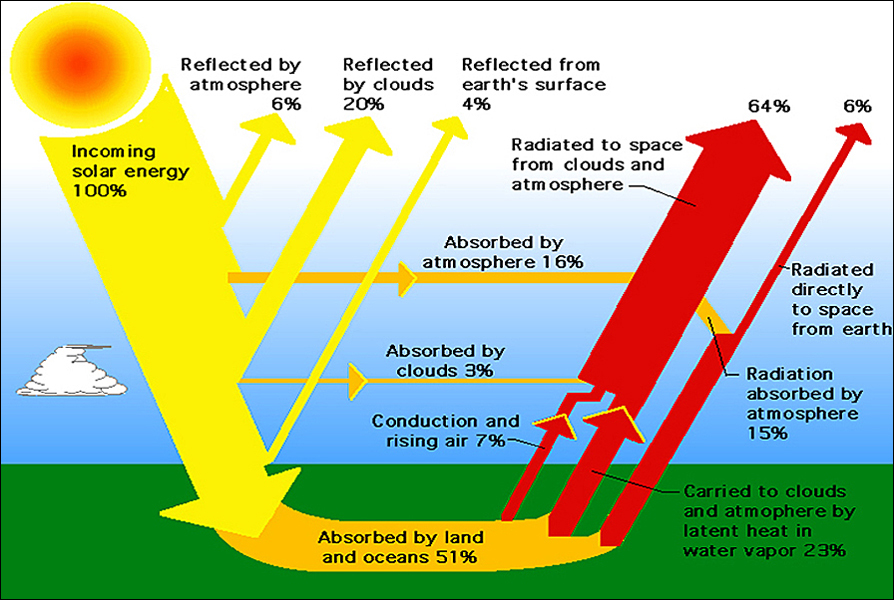Put the camera in manual mode so that you can specify the shutter speed iso and aperture settings.
Experiment shine light on solar panel measure.
For best results dim overhead lights in the room before turning on the flashlight.
The goal of this experiment is to determine how changes in incoming light intensity affect the output of solar cells.
After 30 minutes carefully transfer the oven thermometer to box 2 and secure the cover.
By showing how the reflectors scatter light the researchers started to take the risk out of using reflectors with solar panels.
But even better the reflectors greatly increase solar system output.
Connect the ammeter to the solar panel and set the solar panel on a flat surface.
Next rotate the flashlight to a 60 angle 60 solar elevation as shown on the right in figure 4 1.
Set the ammeter output so that it will read milli amps ma.
A solar panel installation company contacted hanna instruments about measuring light intensity.
Think of it as positioning a sail towards the wind.
In the 1880s photovoltaic cells had an efficiency of 1 to 2.
Today photovoltaic cells can reach an efficiency of 40.
A solar panel is made up of many individual photovoltaic cells that convert light to energy.
Set up your lamp so that light will shine directly onto the solar panel.
Parabolic solar dishes on the other hand concentrate solar thermal energy to drive an engine which in turn drives a generator to create electricity.
Experiment with a dslr or hybrid camera to measure the overall brightness of the sky.
Be sure you will get a reading when you use the bulb with the lowest lumens.
Measure the surface area covered by the light rays at this angle.
Beyond using a good light source you need to align the solar cell toward it properly to get optimal power.
The wavelength of light absorbed by the panel determines how much energy is transferred.
The best way i have found to align a solar cell towards the sun it to mount a small stick perpendicular to the solar cell s surface then adjust the cell to minimize the stick s shadow.
Shine the light directly into box 2 and record the temperature rise every five minutes.
A possible variation would be to investigate the effect of changing the color of the light.
Turn off the flashlight.
Turn on the flashlight and measure the surface area.
1 place the solar cell on the table directly under the desk lamp and switch on the desk lamp.
Record your measurements in the chart below.
3 record the solar cell current and observe the turn speed of the propeller of the electric motor.
Your experiment will measure the effect of changing light intensity on power output from the solar cell.

